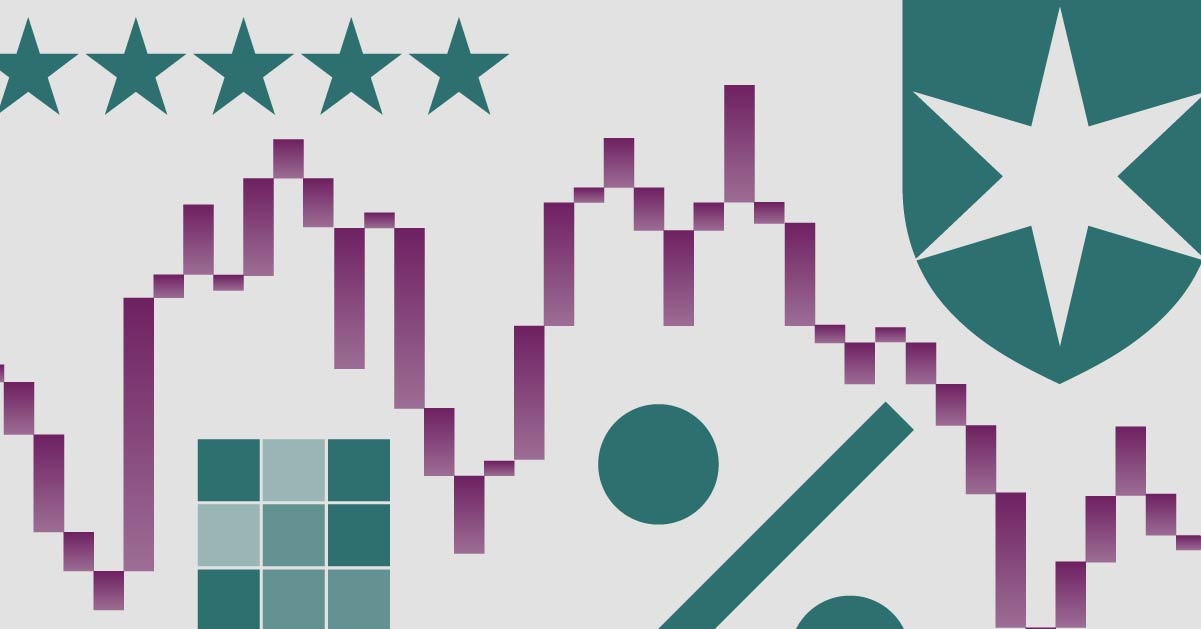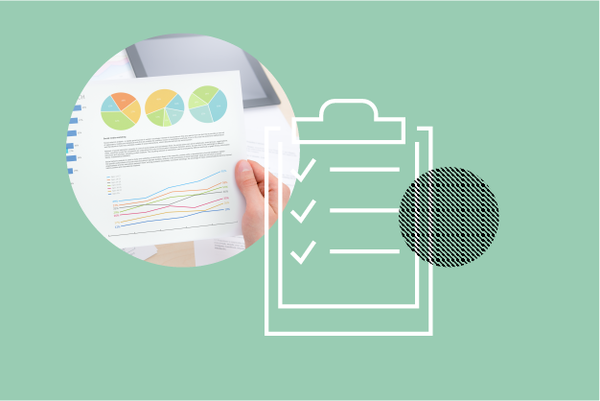
Flipping the calendar to February might bring on ideas of chocolate hearts and Valentines, but for investors, it is also a reminder for Canadians that the Registered Retirement Savings Plan (RRSP) deadline of March 1st is rapidly approaching.
According to estimated mutual fund and ETF flows available in Morningstar Direct, investors continued to flock towards bonds and high interest savings vehicles as shelter from an unpredictable market environment in 2022. For those investors thinking of coming out of hiding, adding some equity exposure might be the best use of your RRSP contributions.
First and foremost, investors should consider their total portfolio and investment horizon when making investment decisions. Traditionally, the longer you expect to be invested, the more risk you might be able to take. Once an investor understands how much risk is appropriate for them, also known as their risk tolerance, they can better select mutual funds to create a portfolio aligned with their objectives. Given RRSP investing is focused on saving for retirement, another key consideration is selecting a mutual fund with stable expected returns over the long term.
With headlines these past few years focusing on stock market volatility, equity funds might not be top of mind when “stability” is mentioned – understandably so! Last year in particular many major equity markets fell more than they had in the last 10 years. Since the beginning of 2023 however, we have seen these same markets return to positive territory and have made them an interesting option for RRSP dollars.
That said, however, uncertainty remains as policymakers continue to navigate inflation and investors re-learn how to adjust their portfolios to a higher interest rate environment. With over 3,400 equity funds available to Canadians, we ran a screen to find equity funds that have a track record of navigating potentially rocky markets. The three criteria we considered include:
Funds that received a 5-star Morningstar rating. Morningstar’s Star Ratings provide context on how a fund has performed in the past relative to its category peers, on a risk-adjusted basis, after fees. It is an insightful data point as our data has suggested that funds that have earned a 5-star rating will outperform funds that have earned a 1-star rating.
Funds must also have earned either a Bronze, Silver or Gold Morningstar Analyst Rating (MAR) or Morningstar Quantitative Rating (MQR). These ratings are assessments of a fund’s ability to outperform peers in the future and are based on analysis of the people managing the fund, the process that they use and the parent company distributing the fund.
Finally, we're only selecting funds with three- and five-year standard deviations less than their respective Morningstar Category Indices. Standard deviation is a risk-based metric that indicates how volatile a portfolio’s returns have been - the higher the standard deviation, the more volatile the returns. When assessing this number, it is helpful to consider the metric relative to the fund’s benchmark as equity markets in different regions can be more (or less) volatile than others.
Although the above list does not include options from all equity categories, their focus on larger companies and generally broad market exposure makes them a great place to start further research.
Investors in different stages of their retirement planning should consider the equity allocations of their portfolios alongside their bond allocations. Those who are nearing retirement may require a more cautious allocation approach, whereas those earlier in their careers may be more willing to add risk to their portfolios. Overall portfolio diversification is an important objective at any stage.


















